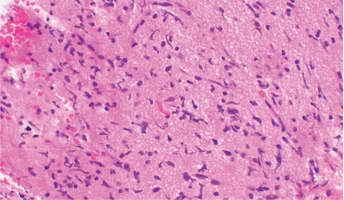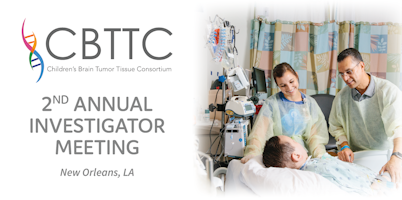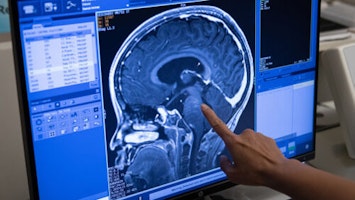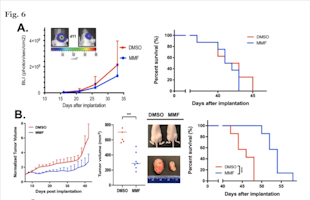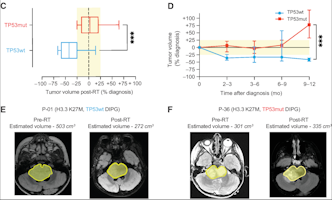Javad Nazarian
Washington, DC USA
Children’s National Hospital

About
Principal Investigator
Children’s National Health System
I am an investigator at the Center for Genetic Medicine in Children’s National Hospital in Washington, D.C., and an assistant professor in Integrative Systems Biology at the George Washington University. I received my PhD from the George Washington University in Genetics in 2005. My dissertation research involved molecular profiling of neuromuscular junctions using laser capture microdissection. My postdoctoral research involved using the torpedo electric fish as a model to understand the protein makeup of human electric synapses. My second postdoctoral research involved protein profiling of pediatric brainstem tumors.

Children’s National Hospital
scientific
Projects
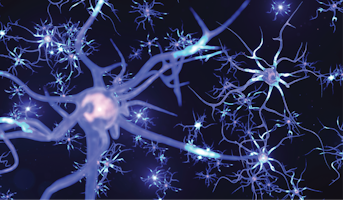
Data
Specimen
Ongoing
Proteogenomic Identification of Structural Variations
Changes to DNA that can give rise to cancers often create fusion proteins, proteins that may be useful as therapeutic targets. Using data from the Pediatric Brain Tumor Atlas, researchers will analyze for the presence of such proteins in an effort to advance treatment options for pediatric brain cancers.
Medulloblastoma, DIPG

Brian Rood
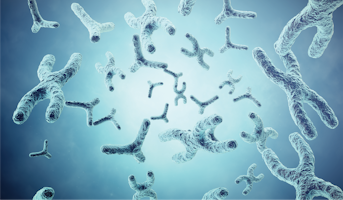
Specimen
Ongoing
Elucidating the Somatic Epigenetic Landscape of Pediatric Meningioma and Schwannoma
Pediatric tumors have unique properties compared to adult tumors, requiring different treatment strategies for the same tumor type. Using samples provided by the Children’s Brain Tumor Network, researchers will carry out comprehensive comparisons of pediatric meningioma and schwannoma to map these critical areas to develop novel treatments.
Meningioma, Schwannoma

Sameer Agnihotri
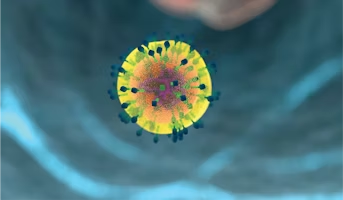
Data
Ongoing
Integrative Analysis of Childhood Cancers
Integrative research is needed to advance the treatment options for pediatric cancers. Researchers will analyze data provided through the Pediatric Brain Tumor Atlas in an effort to identify new opportunities in the treatment of pediatric cancers.
All Brain Tumor Types

Charlie Vaske

Data
Specimen
Ongoing
Children's Brain Tumor Network Pediatric Brain Tumor Proteomics Pilot
Pediatric brain tumors are the leading cause of disease related death in children. Major factors contributing to treatment failures for children with brain tumors include: i) the lack of comprehensive molecular description of the disease and an associated dearth of integration of the tumors’ biologi
Craniopharyngioma, Medulloblastoma, HGG, (AT/RT), LGG, Ependymoma, Ganglioglioma, DNET, Schwannoma

Adam Resnick
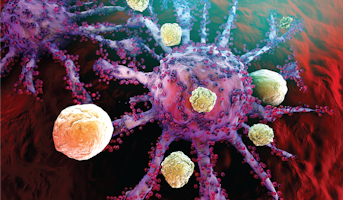
Data
Ongoing
Identifying New Cell Surface Targets for Immunotherapy Treatment of Poor Prognosis Pediatric Brain Tumors
Immunotherapy is a treatment strategy for patients that utilizes their own immune system to attack and remove cancer, and more research is needed to utilize such therapies for the treatment of pediatric brain cancers. Researchers will screen data provided by the Pediatric Brain Tumor Atlas in an effort to identify possible immunotherapy targets.
All Brain Tumor Types

Misty Jenkins

Specimen
Completed
Whole Genome Sequencing and RNA Sequencing of the CBTN Bank for the Pediatric Brain Tumor Atlas
Research into adult cancer has benefited greatly from large scale genomic research. Until now due to the limited resources and availability pediatric brain tumors have not been part of large-scale genomic generation efforts. The CBTN aims to create a comprehensive genomic atlas for use by researchers worldwide to unlock how brain tumors develop, grow, survive, and how they can be treated and cured.
Craniopharyngioma, Medulloblastoma, HGG, (AT/RT), LGG, Ependymoma, Ganglioglioma, DNET, Choroid Plexus Tumors, Meningioma, DIPG, Oligodendroglioma, Schwannoma, Germinoma, Choroid Plexus Tumors, Subependymal Giant cell Astrocytoma, NGGCTs

Adam Resnick

Data
Ongoing
Discover New Therapeutics for DIPG using a Systems-Based Approach
Diffuse intrinsic pontine glioma (DIPG) is an aggressive type of pediatric brain cancer associated with poor outcomes. Researchers will use data from the Pediatric Brain Tumor Atlas in the pursuit of new therapies for patients with DIPG.
HGG, DIPG

Data
Ongoing
Landscape of Tumor-infiltrating T cell Repertoire of Pediatric Brain Tumors
Understanding the incidence and classification of T cell receptors of pediatric brain tumors is necessary to develop new therapies. Using data from the Pediatric Brain Tumor Atlas, researchers seek to better understand the tumor cellular immune system.
All Brain Tumor Types

Gary Kohanbash

Data
Ongoing
Genetic Architecture of Molecular Phenotypes in Pediatric Brain Cancers
The identification of germline protein expression in brain cancer cells is pivotal in guiding the development of new treatments.s. Using the Pediatric Brain Tumor Atlas, researchers seek to create an important resource on the details of protein expression across many individual brain cancer types.
All Brain Tumor Types

Sebastian Waszak

Data
Ongoing
Targeting Master Regulator Dependencies in Diffuse Intrinsic Pontine Glioma (DIPG)
Master regulator proteins drive cancer growth and understanding the role they play in patients with DIPG could unlock opportunities for novel treatments. Researchers will analyze DIPG data from the Pediatric Brain Tumor Atlas in order to evaluate new treatment options.
DIPG

Javad Nazarian

Data
Specimen
Ongoing
Integrative Functional Genomics of Recurrent Childhood Medulloblastoma
Medulloblastoma relapse is unfortunately common and leaves patients with a poor prognosis. Researchers will use tumor samples and data provided by the Children’s Brain Tumor Network to better understand medulloblastoma relapse, how tumors evolve, and the mechanisms of metastasis in an effort to design effective therapeutic strategies.
Medulloblastoma

Javad Nazarian

Specimen
Ongoing
Comprehensive Molecular Analysis of Pediatric Thalamic tumors
Recent studies have reclassified thalamic tumors in the category of midline gliomas and more research is needed to develop accurate diagnostics and effective treatments for this tumor type.
Medulloblastoma, HGG, (AT/RT), LGG, Ganglioglioma, DIPG, Germinoma, NGGCTs

Javad Nazarian

Data
Ongoing
Landscape of Germline Histone Mutations in Pediatric Brain Tumor Patients
Research is needed to better understand the underlying cause of diffuse midline gliomas (DMGs). Using data provided by the Children’s Brain Tumor Atlas, researchers on this project will investigate mutations affecting histones in DMGs.
DIPG

Javad Nazarian
Specimen
Novel Platforms for Developing Therapies for Transformed Gliomas in Patients with NF1
Neurofibromatosis type 1 (NF1) is known to result in low grade gliomas (LGG) and sometimes high grade gliomas (HGG). Researchers aim to better understand this connection through the development of preclinical models using specimens provided by the Children’s Brain Tumor Network.

Javad Nazarian
related
